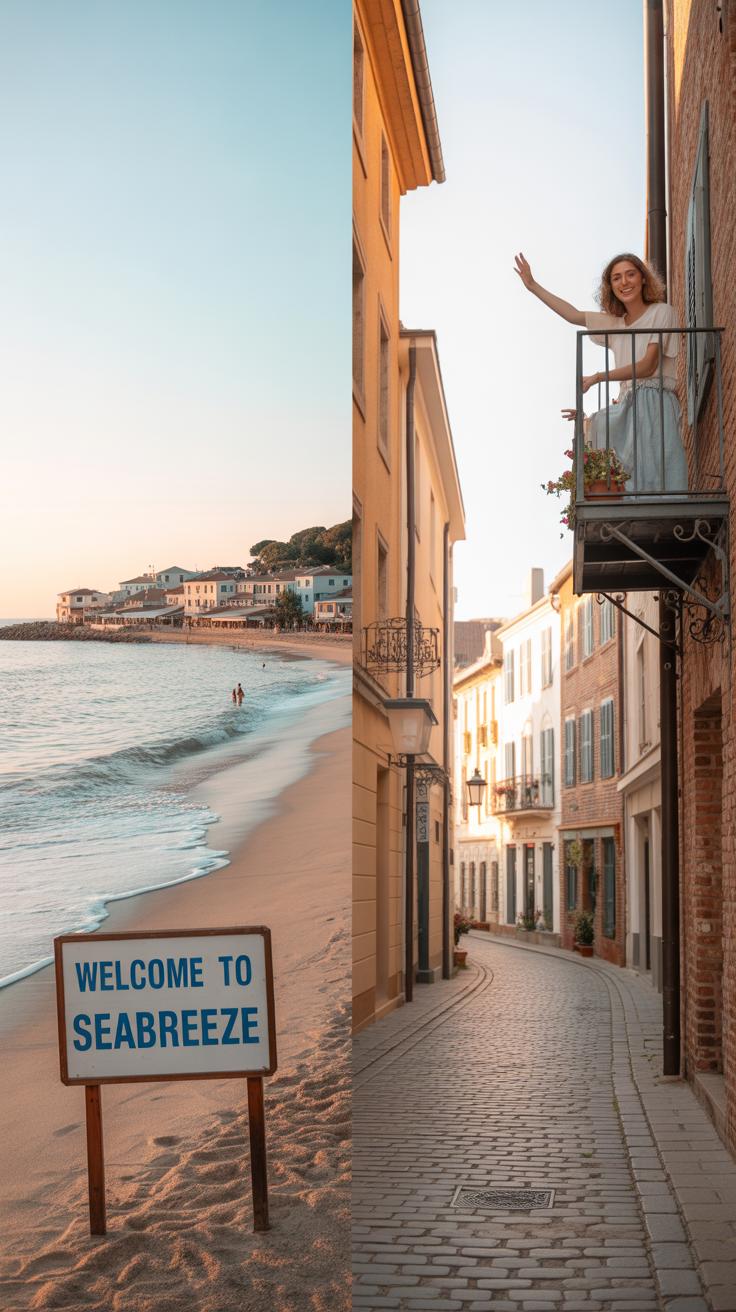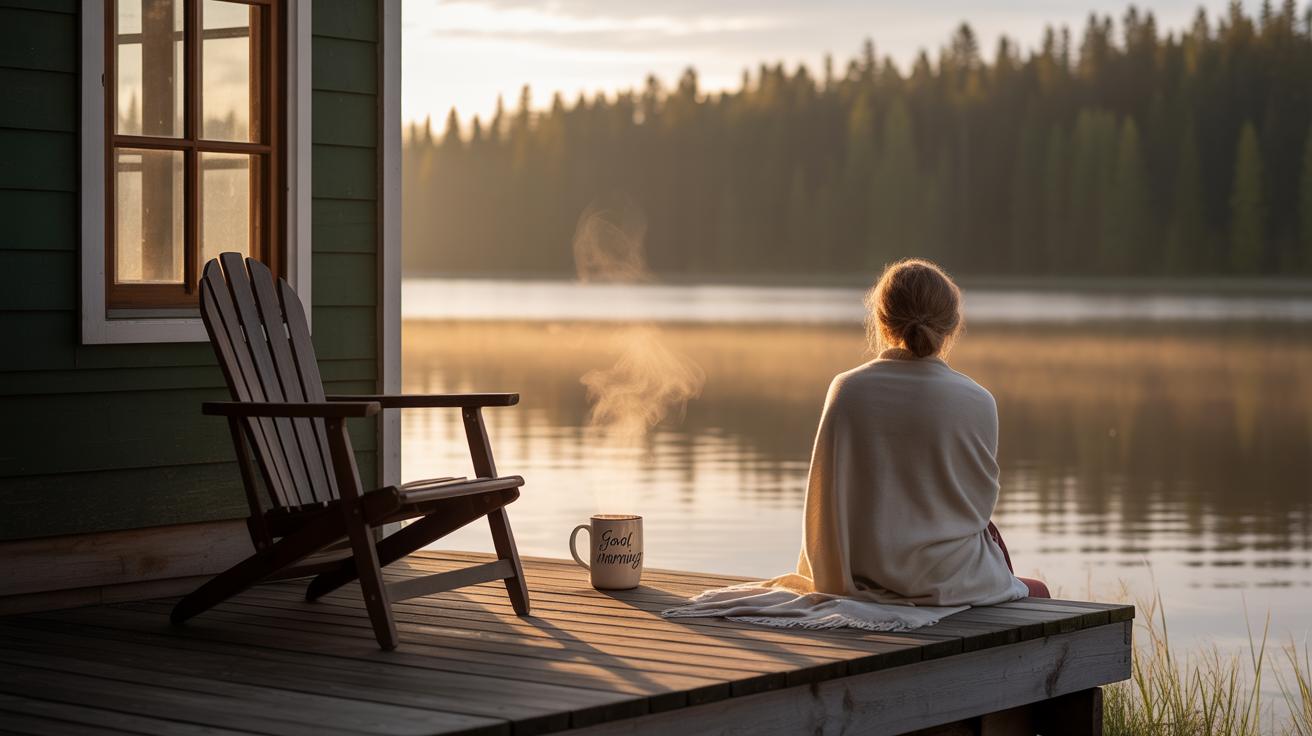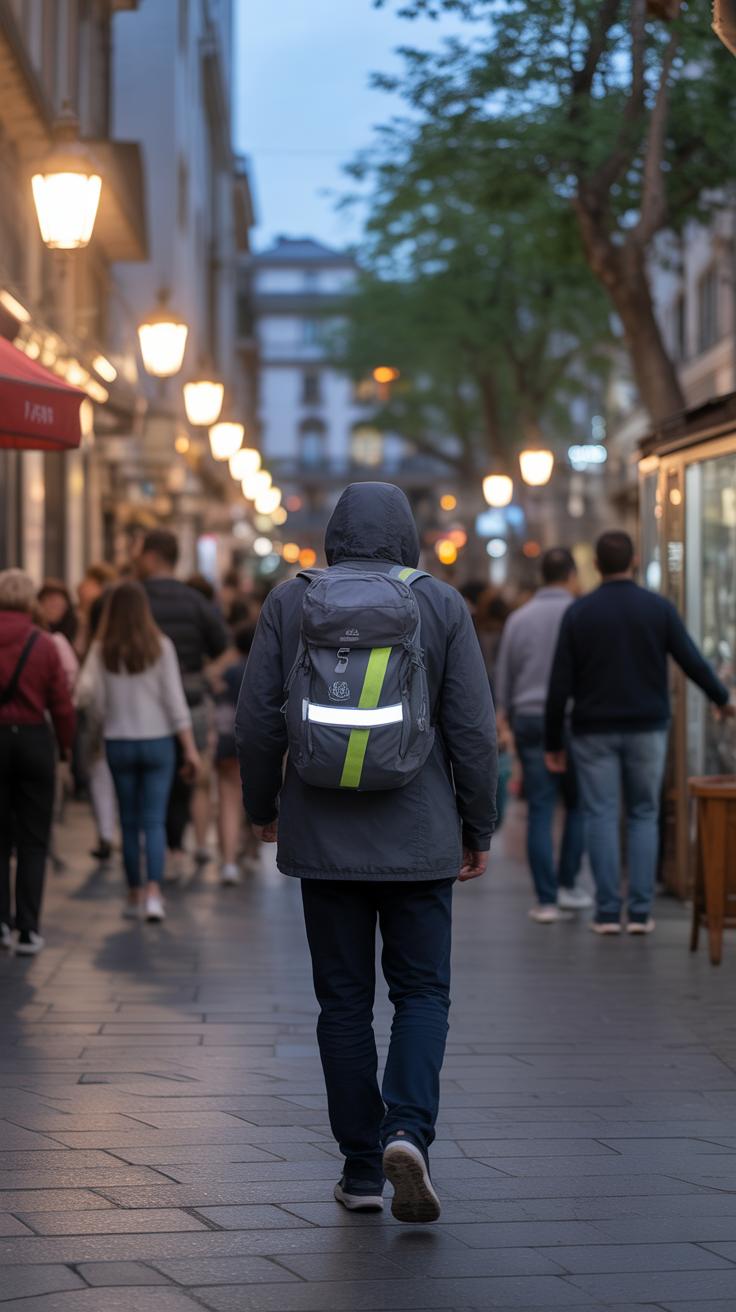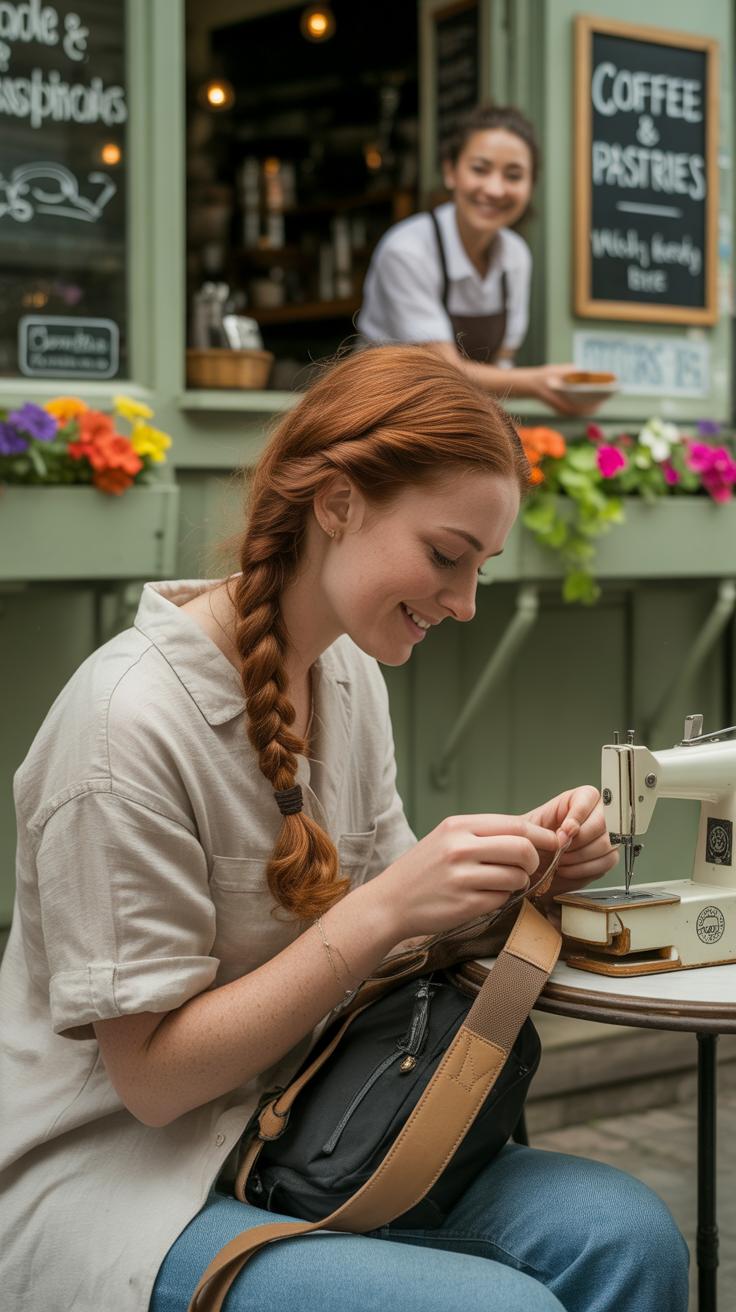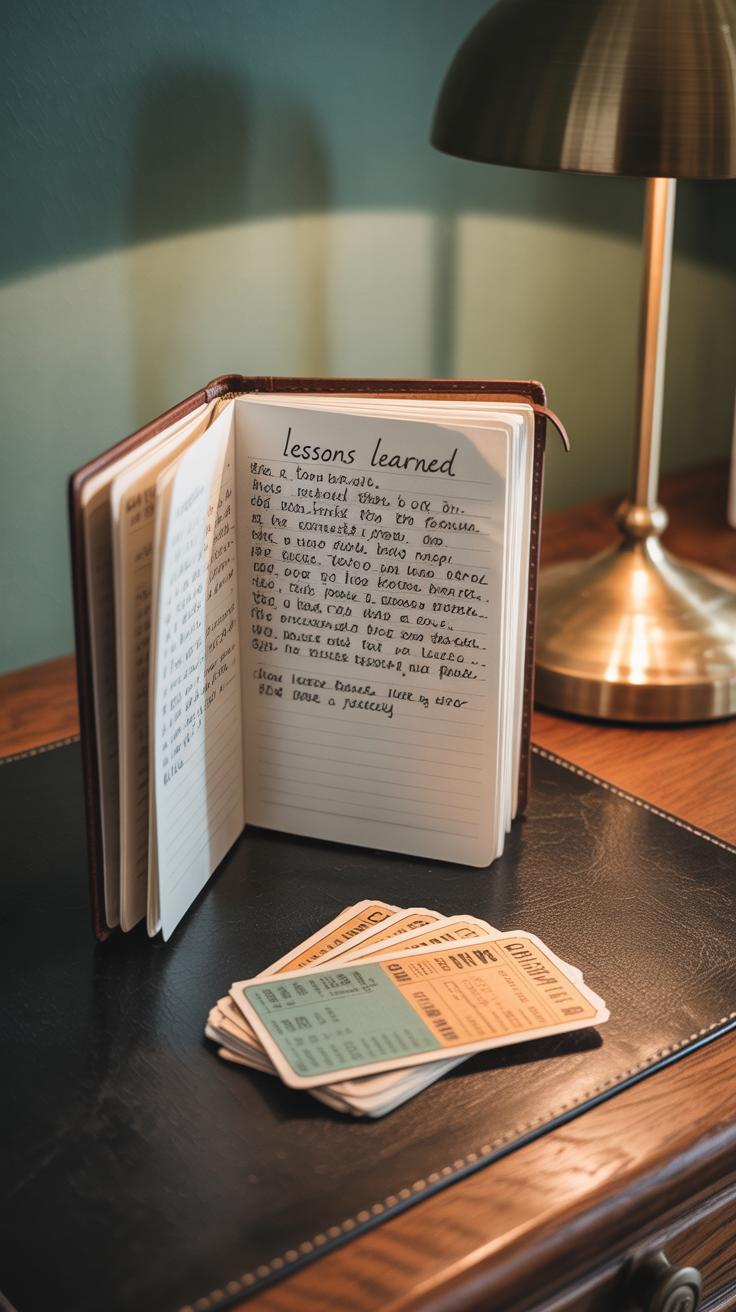Introduction
Solo travel opens a new door for independent women. It brings freedom and a chance to explore the world on your own terms. Planning your first solo adventure may seem tough, but it can be rewarding. This guide will help you get ready with simple and useful tips.
Through this article, you will learn how to pick a destination, plan your trip safely, and enjoy your journey. Whether you want to relax or seek adventure, this guide supports you to become a confident solo traveler.
Understanding the Benefits of Solo Travel
Solo travel offers independent women a unique chance to grow in ways few experiences can match. When you’re on your own, you make all the decisions—sometimes small, often big. This builds self-reliance because you’re responsible for everything, from navigating unfamiliar streets to managing unexpected challenges. It’s not about bravado; it’s about learning you can handle things without needing to rely on others all the time.
Being alone also strips away distractions and external opinions, letting you connect more directly with your own thoughts and instincts. This can sharpen your confidence gradually, sometimes slowly, sometimes all at once, when a small success feels like a quiet victory.
Solo travel stretches your comfort zone gently. You figure out what matters to you, what feels right or wrong, all without the influence of a travel partner. So it’s almost like practicing independence in real-time, proving again and again that you’re capable.
Boosting Confidence through Alone Time
Spending time alone on the road might seem intimidating at first, but it has this way of strengthening your inner voice. When you’re not bouncing ideas off someone else, you learn to trust your own judgment, which, let’s be honest, can feel shaky initially. But stick with it, and bits of doubt slowly fade.
One day, you’ll find yourself asking a stranger for directions or trying new foods without hesitation. I remember feeling a sudden rush of pride just booking an overnight bus through a foreign country by myself. Alone time isn’t about isolation; it’s about meeting yourself and realizing just how much you can handle—even when things don’t go exactly as planned.
Learning New Things and Meeting New People
Traveling solo doesn’t mean being lonely. In fact, it opens doors to connections you might never make otherwise. When you’re independent, you’re free to approach locals or fellow travelers on your own terms, without the buffer of company sometimes making social interactions feel scripted or forced.
You learn more about different cultures by observing and asking questions directly. The conversations you have alone can be more genuine, grounded in real curiosity rather than shared agendas.
At the same time, you maintain your freedom—you decide when to engage and when to step back. It’s a delicate balance between openness and maintaining your personal space, and navigating this balance quietly builds resilience in itself.
Choosing the Right Destination for Your First Trip
Picking where to go on your first solo adventure feels like a big decision. You want somewhere safe, sure—but also somewhere that truly speaks to what you enjoy. The trick is balancing caution with curiosity. Some women prefer buzzing cities with art and culture, while others crave calm nature or historic towns. What suits you best? That’s the question to ask.
Places known for being welcoming and secure for solo women travelers can ease that initial nervousness. Think of spots like Norway, Japan, Canada, or New Zealand—countries with low crime rates and traveler-friendly environments. Yet safety isn’t absolute; it changes with time and circumstance. Trust your instincts about neighborhoods or situations.
When matching destination to your interests, be specific. Love museums and lively street scenes? Cities like Lisbon or Copenhagen might fit. Dream of hiking or forests? Consider Costa Rica or the Canadian Rockies. Maybe quiet beaches feel right. Then again, maybe you want a mix—that’s okay too. Your preferences can guide packing, daily plans, and even your mood on the trip.
Also, think about logistics. How easy is it to get around alone? Language barriers? Accessibility of public transport? These shape the experience but don’t have to limit your options completely. The goal is finding a place that feels manageable without feeling too dull or overdone.
So, what resonates the most—culture, nature, or city life? And can you picture yourself enjoying that spot alone, yet safe? It’s a bit of a personal puzzle and maybe a little trial and error. But with some thought, you’ll land somewhere that opens doors, rather than closes them.
Planning Your Travel Itinerary Without Overwhelm
Creating a travel plan that feels balanced isn’t always straightforward—there’s a fine line between too rigid and too vague. You want to see the highlights, yes, but you also want room to breathe. One way to start is by listing places you’ve heard about or read up on, then narrowing that down. Maybe make a spreadsheet or jot things down in a notebook. What really catches your attention? Are there small neighborhoods, cafes, or parks that intrigue you? Prioritize those over a checklist of every tourist spot.
Think about splitting each day between scheduled activities and chunks of unplanned time. You’ll want hours where you just sit with a coffee or wander without a map. It’s those moments where the most memorable experiences often pop up—unexpected street performances, conversations with locals, or simply watching the world go by. Don’t schedule back-to-back experiences so tightly that you’re rushing all day. It’s exhausting and can rob the joy from the trip.
When choosing what to include, ask yourself: What feels right? What’s non-negotiable? And don’t forget to leave room for “I don’t know yet” moments—they’re part of solo travel’s charm. You might feel like you need a bulletproof plan, but giving yourself space to change course can make the whole experience more enjoyable and authentic.
Packing Smart for Your Solo Trip
Choosing the Right Luggage and Outfit
When you’re traveling alone, every item matters because you carry it all yourself. So, picking luggage that suits your trip can make or break your experience. A lightweight carry-on backpack or a rolling suitcase with smooth wheels are often good bets. Think about how much walking or public transit you’ll handle—if it’s a lot, a backpack might feel better, but it can get tiring too.
Outfits should be versatile and layered. Pack clothes that mix and match easily—maybe three tops, two bottoms, and a jacket that works for cool evenings. If you’re headed somewhere unpredictable weather-wise, layering lets you stay comfortable without dragging extra bulk around. And yes, you’ll quickly learn what fussing over perfect outfits feels like when your bag weighs half your body.
Packing Safety and Health Essentials
Safety and health can’t be an afterthought, even for the most seasoned traveler. Small things often make a big difference. Keep these handy and easy to reach:
- A compact first-aid kit with basics like plasters, antiseptic wipes, and any personal medications.
- A reusable water bottle with a built-in filter if you’re unsure of tap water quality.
- A travel-size hand sanitizer and a few masks—to stay cautious but not paranoid.
- A money belt or hidden pouch to keep your documents and cash secure.
- A lightweight flashlight or headlamp—ever had your phone die while searching for keys? Annoying.
- Copies of important documents, both physical and scanned on your phone.
Organizing these in small zip pouches or packing cubes helps you avoid that frantic “where is it?” moment. Trust me, having that order is a comfort on its own when you’re alone in a new place.
Staying Safe During Your Solo Journey
Basic Precautions and Awareness
Traveling alone means you’re responsible for your safety in a way you might not have been before. A key habit is to always stay aware of your surroundings. That doesn’t mean living in a constant state of alert, but rather paying attention to people and places without being paranoid. Simple things—like avoiding poorly lit streets or not flashing valuables—can make a big difference.
Trust your instincts. If something feels off, don’t brush it aside just because you want to be polite or adventurous. I once changed my route after a local gave me a strange vibe. It turned out there was some trouble down that street. Small choices like these can protect you.
Try to blend in where you can. If locals dress modestly or avoid certain areas at night, take note. Staying low-key may not sound thrilling, but it helps keep you under the radar.
Using Technology and Staying Connected
Technology can be your best ally when you’re alone. Before heading out, share your itinerary with a trusted friend or family member, and check in regularly—even a quick message lets someone know you’re okay. Apps like WhatsApp or Messenger keep communication easy and free in many countries.
Download offline maps and translation apps before you leave. They save you from wandering aimlessly or getting stuck without a way to ask for directions. I found that Google Maps offline mode was a lifesaver in places with spotty service.
Also, use location-sharing features sparingly but wisely. You don’t have to broadcast your every move, but sharing your whereabouts when you’re going somewhere unfamiliar can add a layer of security. Sometimes, technology feels like too much, but it can really help you stay connected—and grounded—throughout your journey.
Managing Your Budget Efficiently
Setting a realistic budget for solo travel can feel tricky, especially when you want to enjoy yourself but not drain your savings. Start by breaking down your trip into basic categories: flights, accommodation, food, and activities. Look up current prices online—not just on one site, but a few—because costs can vary a lot depending on when and where you search.
For flights, consider signing up for fare alerts or checking budget airlines. Sometimes, unexpected layovers mean cheaper tickets. Accommodation doesn’t always have to mean hotels. Hostels, guesthouses, or even short-term rentals can offer comfort without the top price tag. And don’t forget about local stays or shared rooms if you want to meet people but keep costs down.
Food is another area where you can save without sacrificing taste. Buying groceries or trying street food often offers fresh, affordable options. For activities, look for free tours, museum days, or local events. Sometimes, the best parts of a place don’t cost anything at all.
It’s tempting to splurge on one area and skimp on another, but balancing your expenses helps avoid surprises. Keep track as you go; a simple spreadsheet or travel app can keep you honest. You may find that a little flexibility—perhaps stretching your budget for a unique experience—feels worth it in the moment.
Handling Challenges While Traveling Alone
Dealing with Loneliness and Staying Positive
Traveling solo can get quiet, maybe quieter than you expect. At times, loneliness feels heavier than the thrill of new places. It’s normal to question if you made the right choice, or wonder when you’ll find a familiar face. What helps is staying busy—but not just busy, engaged.
Try small moments: chat with someone at a café, join a local class, or even volunteer briefly. These don’t have to be big social outings; sometimes just hearing a different voice is enough. Keep a journal or take photos—activities that keep your mind active help push through low moods.
Also, don’t hesitate to set small goals daily. It could be exploring a street, tasting a dish, or learning a word in the local language. These tiny wins build a sense of accomplishment. You might not feel upbeat all the time, and that’s okay. Just keep moving forward, little by little.
Adapting to New Cultures and Situations
Meeting new cultures head-on can shake you a bit. Things might seem strange or confusing — gestures, customs, even basic interactions. The trick is to stay observant and patient. You don’t have to understand everything immediately.
When things don’t go as planned, try to pause before reacting. For example, if a schedule changes or a product isn’t available, it’s easy to feel upset. But stepping back to assess calmly often reveals new options. Maybe a local’s suggestion leads you somewhere unexpected but worthwhile.
Questions help too. Asking politely not only solves problems but shows respect for the culture. You might stumble over words or misinterpret clues, but a willing attitude can smooth most bumps.
Remember, you don’t need to “fit in” perfectly. Being adaptable means balancing your own pace with openness to change. Sometimes you’ll get it right away; sometimes it takes days. Both are part of the adventure, and a part of making solo travel richly rewarding.
Connecting with Others while Maintaining Independence
Solo travel isn’t just about being alone; it’s also about choosing when and how to connect with others without feeling tied down. You might find yourself craving company one moment and needing space the next. That balance is tricky but doable. Social interactions can feel refreshing when you’re ready for them, not like an obligation you have to fulfill.
Think about joining group activities or local tours where conversation happens naturally, like cooking classes or guided hikes. These offer easy opportunities to meet others without the pressure of forced small talk. Sometimes, just sharing a meal at a communal table leads to genuine connections. These encounters can be brief yet meaningful—and you’re free to step away whenever you want.
When you find yourself in social settings, keep an eye on your comfort levels. It’s perfectly okay to say no or leave early if things start feeling overwhelming. Maintaining independence means respecting your own rhythms. Maybe you stay just long enough to hear a few stories, then retreat to recharge. The goal isn’t to avoid people but to approach social time on your own terms—being present when you want and stepping back when you need. How do you know when you’ve hit your limit? Perhaps with practice, you tune into those moments sooner.
Reflecting and Growing After Your Trip
After your solo trip, take some quiet time—maybe with a journal or just in your head—to think about what really happened during your travels. What surprised you? What didn’t go as planned? These moments of reflection help you understand the ways you’ve changed, even if those changes feel small or hard to pin down.
Consider what you learned not just about the places you visited, but about yourself. Did you notice new confidence when navigating unknown places? Did you handle an uncomfortable situation differently than you expected? Sometimes, the lessons come from the oddest moments—a missed bus or an unexpected connection with someone.
When evaluating your experience, ask yourself questions like:
- What challenged me the most, and how did I respond?
- Which parts of the trip made me feel most alive or uncomfortable?
- What assumptions did I have before traveling that changed?
These questions don’t have simple answers, and that’s part of what makes solo travel a valuable experience. Maybe you didn’t conquer every fear, or perhaps some frustrations lingered. That’s okay. Growth isn’t always a straight line.
Looking forward, think about where you might want to go next. Do you want to deepen skills like navigating public transport or try something more adventurous like hiking or volunteering abroad? Your next goal might be to spend more time in nature, engage with local arts, or simply explore cities that push your comfort zone in different ways.
Planning ahead becomes less about ticking off places on a map and more about fostering your evolving independence. What new challenges do you want to face? What moments do you want to experience again, but differently? There’s no need to rush—your next trip can grow from the curiosity and lessons you’ve already started to gather.
Conclusions
Planning your first solo adventure as an independent woman can be an exciting step toward self-growth. By preparing thoughtfully and staying open to new experiences, you create memories that last a lifetime. Traveling alone teaches you to rely on yourself and enjoy your own company.
Remember, the key is in the preparation and mindset. Use what you’ve learned here to plan your journey wisely and embrace the freedom that comes with solo travel. Your adventure awaits, and it’s yours alone to shape and enjoy.






